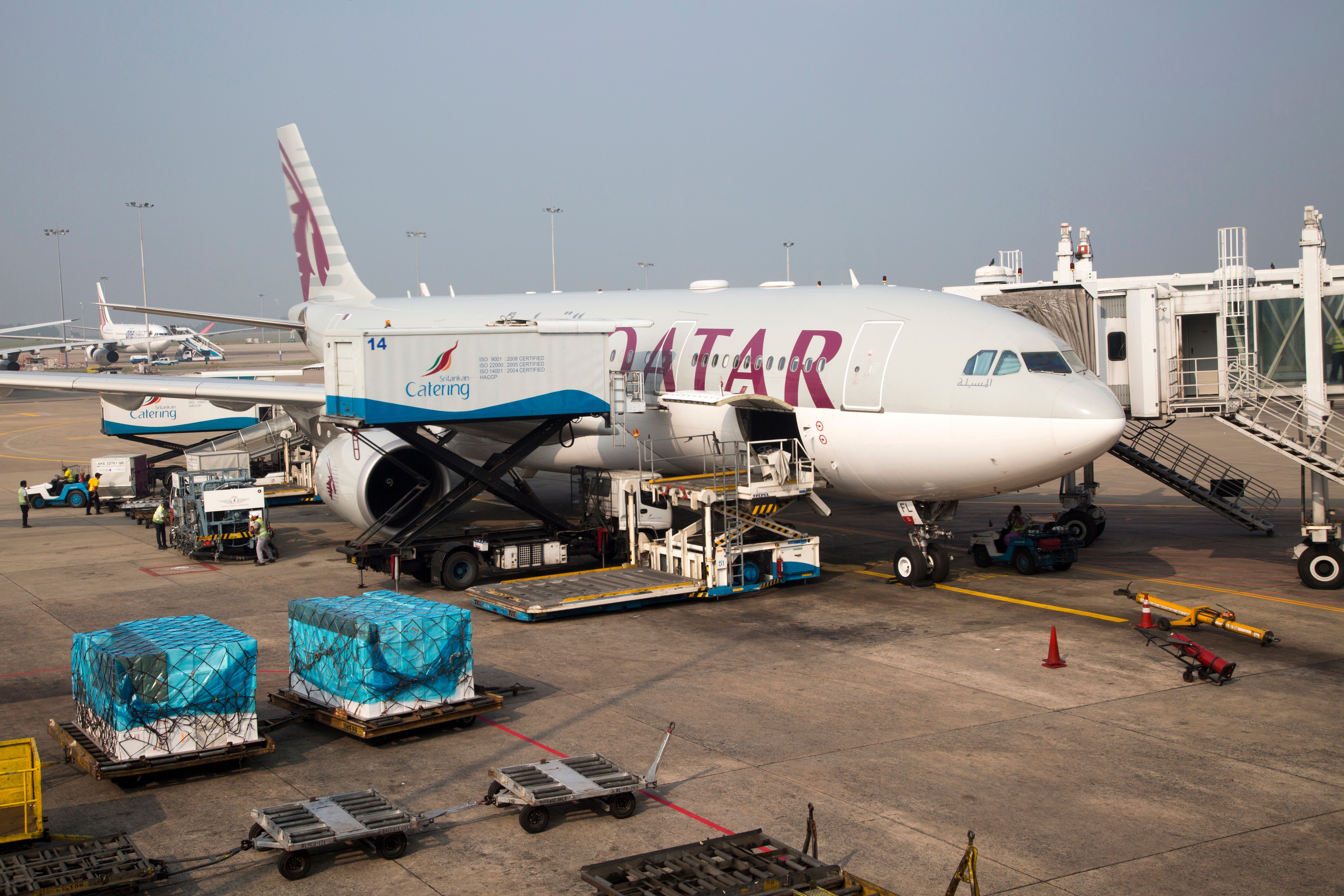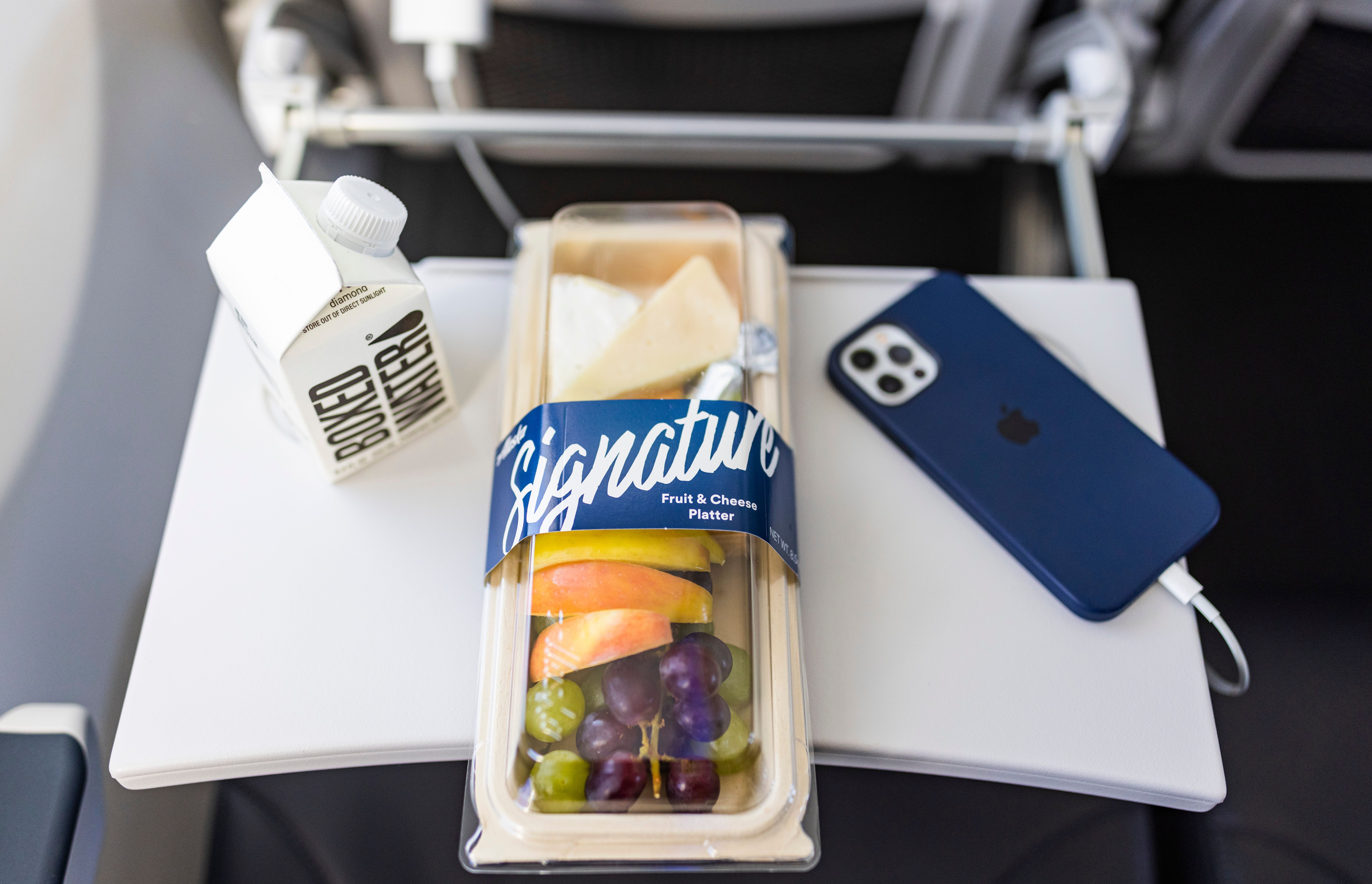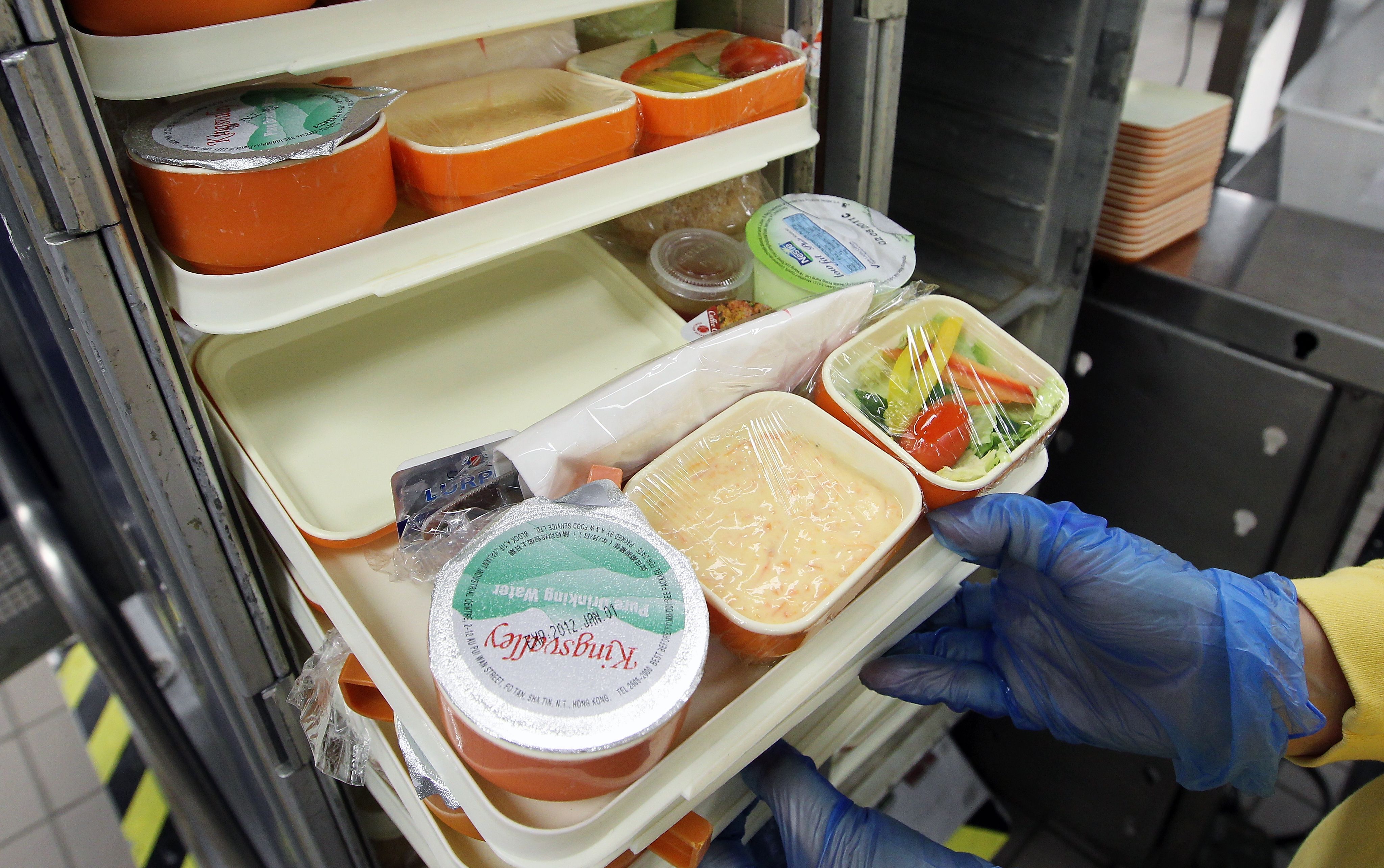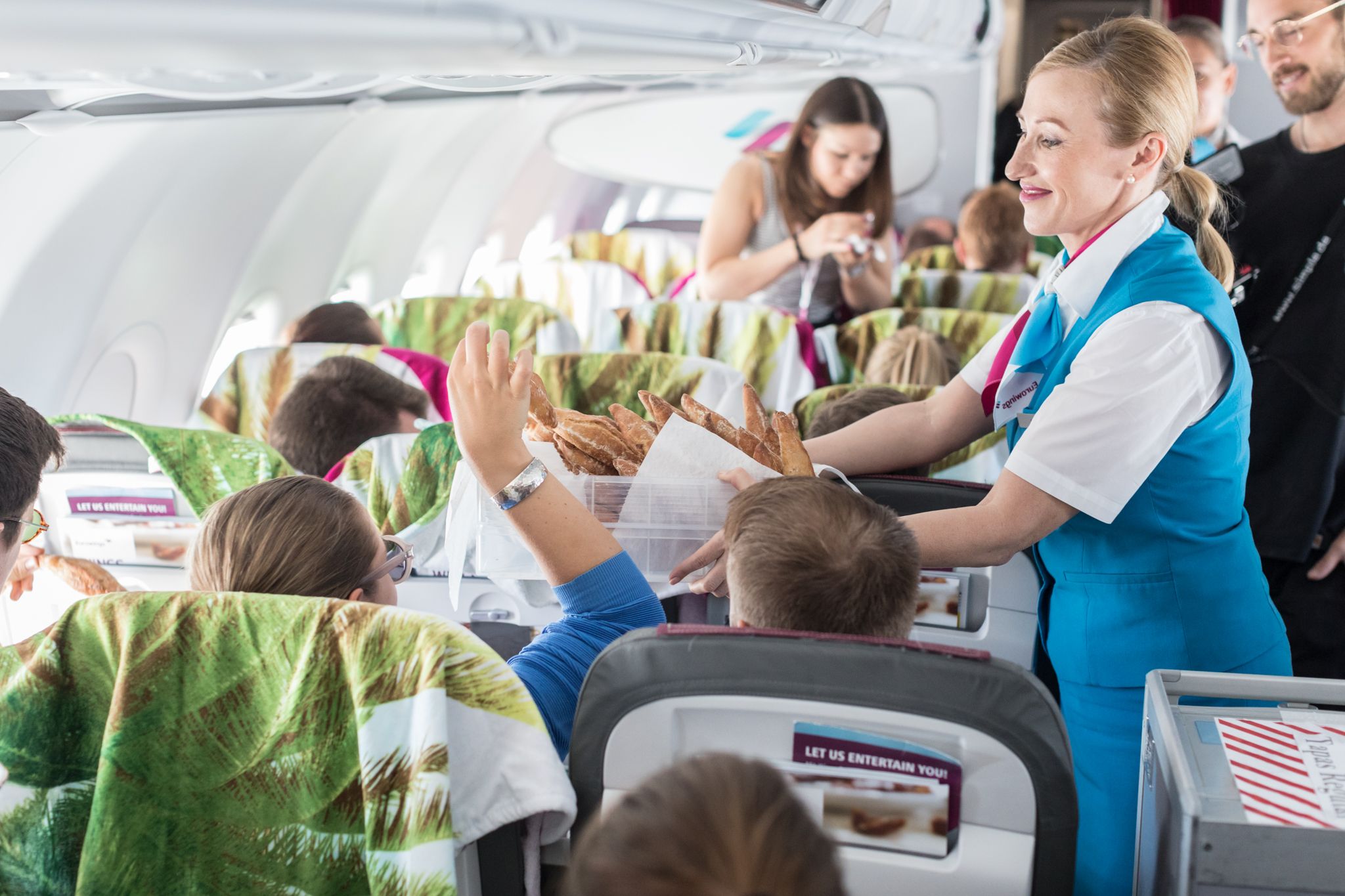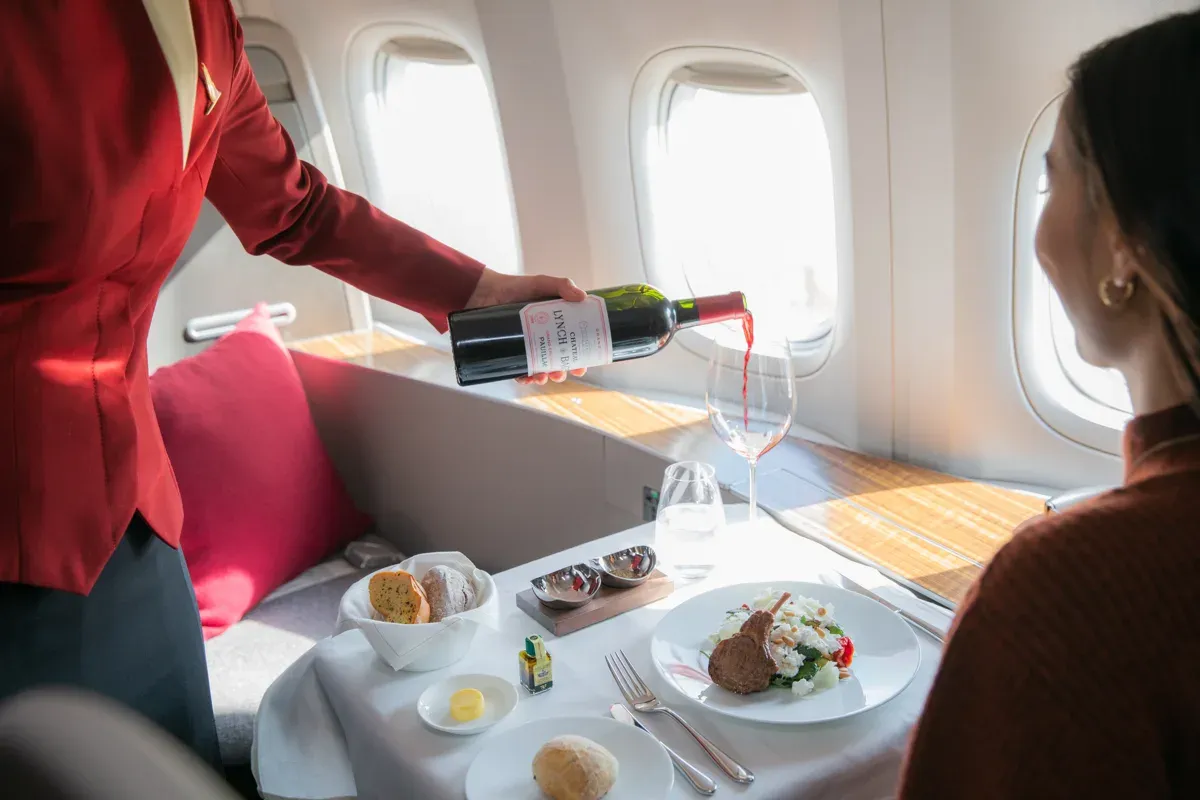We all have a love/hate relationship with the inflight meal. Sometimes it's a necessity on a long-haul flight or sometimes something to look forward to (if you are lucky enough to be flying business class.) The offering is different depending on the length of flight, the class of travel, and the airline itself. Low-cost carriers will offer you the chance to buy hot and cold drinks and light meals or snacks, which is a slightly different experience. Some people prefer that, while others may bring their own food instead of having the somewhat unpredictable airline meal.
Much research has been done into inflight catering in the last 10 years, but it remains a challenging element of airline operations. The main issues are the sheer amount of meals that have to be provided on an aircraft, limits to the amount of galley space into which the meals are stored and cooked, and the cabin air.
Bland and tasteless
The dry cabin air dehydrates the body and during the flight taste buds become less receptive and sense of smell is diminished, making food taste bland and underseasoned. To combat this over the years, extra fat, salt, and sugar have been added by the catering companies, making them not always the healthiest meal.
However, things have moved on and the quality of airline catering has been much improved. The meals are cooked on the ground and flash chilled for the best quality and hygiene. The chilled carts are loaded securely into the aircraft galleys, where the cabin crew then cook the meals and serve them during the flight.
The quality of onboard products that are essentially 'buy onboard' or given out on short flights is much better and slightly more 'curated' than previous times, even if it is essentially a posh sandwich. Even celebrity chefs have become advisors to the airlines and created new menus for them, often concentrating on business and first class and also themed menus. The industry is working hard to try and change the image of stodgy and bland airline food.
Special meals
If you're bored with the usual chicken or beef offering, did you know that you can order a different meal in advance? Most airlines request 24-48 hours' notice, but there are other options such as the Asian vegetarian meal (AVML is the airline code for it) or oriental vegetarian meal (VOML).
Of course, many 'special meals' are intended for those with specific religious needs (Kosher - KOML, Hindu - HNML, or Jain - VJML), and many airlines are also Halal or offer a Halal meal if not. Dietary requests are also taken into consideration and diabetic (DBML) and gluten-free meals (GFML) can be ordered. Vegan meals (VGML) are readily available along with lacto-ovo vegetarian (VLML) meals which are vegetarian but include dairy and egg products. Some airlines also offer raw vegetarian meals (RVML) or fruit platter meal (RVML).
Special meals are served first before the cabin service, which can be an advantage, although you may have to wait a bit longer for the bar service or sit longer with your tray. Sometimes you can pre-order cake or champagne for a special occasion to be celebrated onboard.
Post pandemic, where we had next to no meals, the emphasis is still on hygiene and quality and the airlines are still looking for ways to tempt us with new concepts of inflight meals. Some airlines have recruited onboard chefs for the first class service and the celebrity chef-designed menus will always be popular for the foodies amongst us. Inflight caterers are looking for more ways to improve their meals, with the increasing use of adding 'umami', a savory flavoring found in mushrooms, soy sauce and tomatoes.

